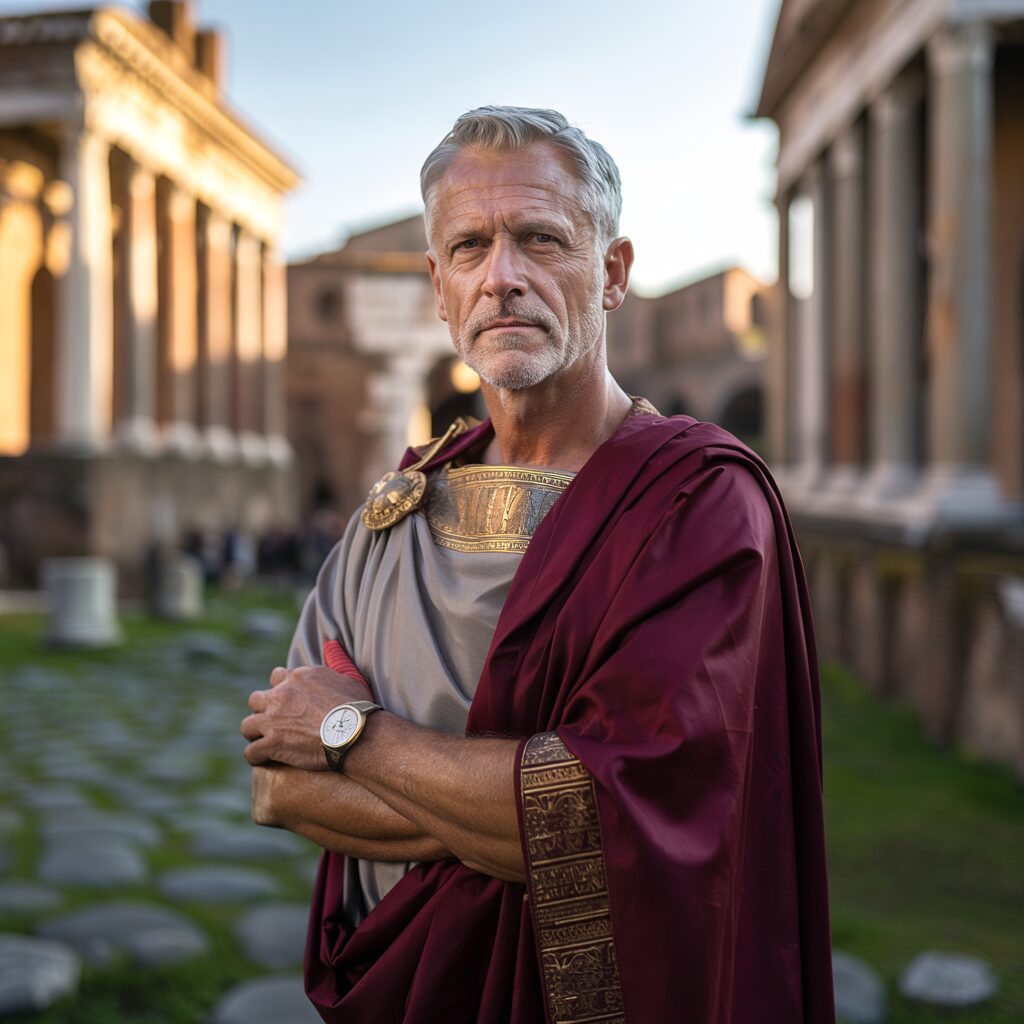The Silent Room: When Modern Presentations Fall Flat
The projector hums quietly as the last slide fades to black. You scan the conference room, hoping to see engaged faces, but instead encounter a sea of glazed expressions, surreptitious phone-checking, and the unmistakable awkward silence that follows a presentation that has failed to connect. You’ve spent weeks preparing this pitch, assembling data, crafting slides, and rehearsing talking points—yet somehow, the essence of your message has evaporated somewhere between your brain and your audience’s attention.
This moment of disconnection isn’t just uncomfortable—it’s increasingly career-defining. In a business landscape where communication skills consistently rank among the most valued professional attributes, the ability to captivate, persuade, and inspire through presentation has become a critical differentiator between career advancement and stagnation.
The most troubling aspect? Most presenters misdiagnose the problem. They blame their slides, their data, or even their audience. But the real issue typically lies in a fundamental misunderstanding of persuasion itself—something a Roman statesman understood over two thousand years ago.
The Ancient Solution to a Modern Problem
While we frantically search for the newest presentation technologies and techniques, the most powerful solution to presentation mediocrity has been hiding in plain sight for over two millennia. Marcus Tullius Cicero, the Roman statesman, lawyer, and orator who lived from 106 to 43 BCE, developed rhetorical frameworks so powerful that they’ve influenced every great communicator since—from Abraham Lincoln and Winston Churchill to Steve Jobs and Barack Obama.
What makes Cicero’s approach particularly valuable is that it wasn’t developed for state ceremonies or dramatic performances—it was designed specifically for practical persuasion in high-stakes situations. Cicero delivered his orations in the Roman Senate and courtrooms, environments where the consequences of failed communication could be dramatic and immediate. His techniques weren’t academic exercises; they were battle-tested methods for changing minds when it mattered most.
Today’s corporate presentations may not determine the fate of an empire, but they often determine the fate of careers, projects, and organizations. The stakes deserve nothing less than rhetorical techniques that have proven their worth across centuries.
The Universal Challenge of Human Persuasion
The fundamental challenge of persuasion hasn’t changed since Cicero’s time: how do we move people from indifference to engagement, from skepticism to belief, from hesitation to action? The basic psychology of human decision-making remains remarkably consistent across eras.
Modern presenters face the same core challenges that Cicero confronted in the Roman Forum. Audiences still need to trust the speaker before they’ll consider the message. They still require both emotional resonance and logical coherence to be convinced. And they still need clear pathways to action once persuaded.
What has changed dramatically is our attention economy. Cicero competed against other orators and the occasional street distraction. Today’s presenters compete against smartphones, instant messages, emails, and the dozens of other meetings already scheduled in their audience’s calendar. This attention deficit makes Cicero’s techniques not just helpful but essential—because they were designed to cut through distraction and create memorable, persuasive experiences.

The Three Pillars of Ciceronian Rhetoric
At the heart of Cicero’s rhetorical system stand three pillars of persuasion—what he called “ethos,” “pathos,” and “logos.” These represent distinct but interconnected approaches to influencing an audience. Together, they form a comprehensive framework for crafting presentations that don’t just inform but transform.
Ethos: The Power of Character and Credibility
For Cicero, ethos represented the character and credibility of the speaker. He understood that audiences judge the message through the lens of the messenger. Before your audience considers your ideas, they’re evaluating you as a person worthy of their attention and trust.
In modern presentations, ethos manifests in multiple dimensions. It’s present in how you’re introduced and how you introduce yourself. It shows in your command of the subject matter and your authentic connection to it. It emerges in the small signals of preparation and professionalism—from the organization of your slides to your ability to answer unexpected questions.
Imagine two presenters sharing identical information about a new initiative. The first is introduced with vague generalities, appears slightly disorganized, and seems disconnected from the material. The second is introduced with specific credentials, demonstrates thorough preparation, and conveys genuine investment in the subject. The audience will likely find the second presenter’s identical content more persuasive, not because the information has changed, but because the ethos has.
To strengthen your ethos in presentations, consider how you might:
Establish Relevant Credentials Without Boasting
Rather than listing achievements, weave your experience naturally into your narrative. Instead of saying “I’ve been in this industry for 15 years,” try “When I was working with similar challenges at Company X, we discovered…” This contextualizes your expertise within the audience’s needs rather than positioning it as self-promotion.
Demonstrate Preparation Through Structure
Show your audience you respect their time through meticulous organization. Begin by outlining what you’ll cover and why it matters to them specifically. Reference their concerns and priorities throughout, signaling that you’ve done your homework about their particular situation.
Build Common Ground
Cicero often began by establishing shared values or concerns with his audience. In business presentations, this means acknowledging the collective challenges, goals, or institutional history that you share with your listeners. This creates a foundation of trust by positioning you as part of the same community, facing the same issues.
Pathos: The Engine of Emotional Connection
The second pillar of Cicero’s system, pathos, addresses the emotional dimension of persuasion. Cicero recognized that humans are not purely rational decision-makers—we are moved to action through our emotions. The presenter who ignores this reality surrenders one of the most powerful tools of influence.
This doesn’t mean manipulating emotions through melodrama. Rather, Ciceronian pathos involves acknowledging genuine emotional realities—the frustrations, aspirations, concerns, and hopes that surround any important decision. By connecting your message to these authentic emotional currents, you make your presentation resonate at a deeper level.
In professional settings, many presenters fear engaging with emotions, believing it undermines their objectivity or professionalism. Cicero would argue the opposite—that acknowledging the human dimension of business decisions demonstrates a more complete understanding of reality.
Tell Stories That Illuminate Larger Truths
Cicero frequently used narrative to make abstract principles concrete and relatable. In your presentations, replace at least some of your bullet points with brief, meaningful stories that illustrate your key messages. A story about how a similar approach solved a problem for another team will be remembered long after your statistics are forgotten.
Use Vivid, Sensory Language
Replace generic corporate language with specific, evocative descriptions. Instead of discussing “negative customer experiences,” describe the frustration of a client waiting on hold while facing a deadline. Instead of mentioning “operational efficiencies,” paint a picture of team members freed from tedious manual processes to focus on creative solutions.
Acknowledge Stakes and Consequences
Cicero never shied away from articulating what was truly at stake in a decision. In your presentations, honestly address both the opportunities and risks involved in the choices facing your audience. This demonstrates both your thoroughness and your respect for the real-world impact of the decisions being made.
Logos: The Architecture of Argument
The third pillar, logos, concerns the logical structure of your presentation. Here, Cicero’s brilliance shines in his systematic approach to building compelling arguments that audiences can follow, understand, and ultimately accept.
Many modern presenters either overwhelm their audience with disorganized information or oversimplify to the point of meaninglessness. Cicero’s approach to logos offers a middle path—creating logical structures that organize complexity without diminishing it.
Begin With First Principles
Cicero often started his arguments by establishing fundamental principles that his audience already accepted. In your presentations, identify the core assumptions or values that you share with your listeners, and build your case from this common foundation. This might be shared business objectives, industry standards, or organizational values.
Create Clear Causal Chains
Rather than jumping to conclusions, methodically show how one point leads to another. If proposing a new approach, walk through the logical steps: the current situation, why change is needed, what specific changes you propose, how they address the identified needs, and what outcomes can be expected. This step-by-step approach makes complex arguments easier to follow and harder to dismiss.
Anticipate and Address Counterarguments
Cicero was famous for raising potential objections to his own arguments—and then systematically dismantling them. This technique, called “prolepsis,” strengthens your position by demonstrating that you’ve considered alternatives and can defend your recommendations. It also builds trust by acknowledging that thoughtful people might initially disagree with you.

The Five Canons: Cicero’s Process for Presentation Development
Beyond the three pillars of persuasion, Cicero outlined a five-step process for creating effective presentations—what he called the “Five Canons of Rhetoric.” These canons provide a remarkably practical framework for modern presentation development:
Inventio (Invention): Finding Your Material
The first canon involves discovering the most compelling content for your specific audience and purpose. For modern presenters, this means going beyond obvious information to find the unique insights, examples, and perspectives that will resonate with your particular listeners.
Instead of beginning with your slide template, start with key questions: What does this specific audience most need to understand? What objections or concerns might they have? What examples will be most meaningful to them? What outcomes do they value most? This audience-centered approach to content development ensures relevance from the outset.
Dispositio (Arrangement): Structuring Your Presentation
The second canon focuses on organizing your material for maximum impact. Cicero understood that the sequence of information significantly affects how it’s received and remembered.
Modern presenters often default to chronological structures (“here’s what we did first, second, third”) or organizational hierarchies (“here’s department A, department B, department C”). Cicero would suggest more strategic arrangements: beginning with the most pressing problem, building through alternatives, and culminating in your recommended solution, for instance. Or opening with a compelling vision of the end result before walking through the path to achieve it.
Elocutio (Style): Finding the Right Expression
The third canon addresses how you express your ideas—your choice of language, metaphors, and illustrations. Cicero was a master of adapting his language to different audiences while maintaining clarity and impact.
For today’s presenters, this means thoughtfully matching your language to your specific audience without falling into either overly technical jargon or condescending simplifications. It means finding fresh ways to express familiar concepts and creating memorable phrases that encapsulate key ideas.
Memoria (Memory): Internalizing Your Presentation
The fourth canon concerns the presenter’s command of their material. For Cicero, who delivered lengthy orations without slides or notes, memory techniques were essential. While modern presenters have technological supports, the principle remains critical: truly knowing your material transforms your delivery.
When you’ve deeply internalized your presentation, you can maintain natural eye contact, respond fluidly to audience reactions, and handle questions with confidence. You can adapt in the moment when necessary, emphasizing points that seem to resonate or clarifying areas that cause confusion.
Pronuntiatio (Delivery): Bringing Your Presentation to Life
The final canon addresses the actual delivery of your presentation—your voice, gestures, movement, and engagement with the audience. Cicero was known to train extensively with actors to perfect his delivery, understanding that even the strongest content can fail with poor presentation.
For modern presenters, this means paying attention to vocal variety, purposeful movement, meaningful gestures, and authentic energy. It means practicing not just to remember your content but to deliver it with appropriate emphasis, pacing, and passion.
Applying Ciceronian Techniques to Modern Presentation Challenges
Cicero’s rhetorical system offers specific solutions to the most common challenges faced by contemporary presenters:
The Challenge of Audience Attention
Today’s audiences are chronically distracted and increasingly skilled at dividing their attention. Cicero’s approach counters this through multiple engagement strategies working in concert. The clear logical structure (logos) makes the presentation easy to follow even with partial attention. The emotional resonance (pathos) pulls distracted minds back into the room. The credibility of the speaker (ethos) encourages audience members to prioritize this presentation over competing demands.
The Challenge of Content Retention
Research consistently shows that audiences forget most presentation content within days or even hours. Cicero’s emphasis on vivid imagery, meaningful stories, and emotional connection creates multiple memory anchors that improve retention. His focus on clear structure gives audiences mental frameworks to organize what they learn, making recall easier.
The Challenge of Motivating Action
Perhaps the most crucial test of a presentation is whether it actually changes behavior—whether people do something different as a result. Cicero’s integrated approach to persuasion addresses this challenge by aligning logical argument with emotional motivation and presenter credibility. The audience understands what to do, feels compelled to do it, and trusts the person asking them to act.

Implementing Cicero’s Approach in Your Next Presentation
Transforming your presentation style doesn’t require memorizing Latin phrases or adopting a toga. It simply means approaching your next presentation with Cicero’s frameworks in mind:
Before You Create a Single Slide
Begin with audience analysis (inventio). Who exactly will be in the room? What do they already know and believe about your topic? What concerns or objections might they have? What would constitute a successful outcome from their perspective? This analysis should precede any content development.
As You Develop Content
Ensure you’re addressing all three pillars of persuasion. Have you established your credibility on this specific topic (ethos)? Have you connected your message to things your audience genuinely cares about (pathos)? Have you built a clear, compelling logical case (logos)? If any pillar is weak or missing, your presentation will likely fail to persuade.
As You Structure Your Presentation
Apply dispositio by arranging your content strategically rather than conveniently. Consider starting with a compelling problem or opportunity that creates immediate engagement. Build through a clear journey that anticipates and addresses concerns. Conclude with a specific vision of the desired outcome and clear next steps.
As You Refine Your Delivery
Practice with Cicero’s final canons in mind. Move beyond basic content rehearsal to focus on how you’ll deliver key moments (pronuntiatio). Work toward genuine internalization of your material so you can present with authentic confidence (memoria). Refine your language for maximum clarity and impact (elocutio).
The Timeless Advantage of Rhetorical Mastery
While presentation technologies and business contexts continue to evolve, the fundamental human dynamics of persuasion remain remarkably constant. The presenter who masters Cicero’s rhetorical system gains an advantage that transcends technological trends and organizational fashions.
In a world where communication skills increasingly differentiate successful professionals, Cicero’s time-tested approach offers something uniquely valuable—a comprehensive system for persuasion that has proven effective across centuries, cultures, and contexts.
Your next presentation is an opportunity to move beyond slides and talking points to something more powerful: a thoughtfully crafted rhetorical experience that changes how your audience thinks, feels, and acts. By applying Cicero’s techniques, you can transform your presentations from forgettable information transfers into memorable occasions of genuine influence.
As you prepare for that next critical presentation, consider how the wisdom of a Roman statesman might help you connect more deeply, persuade more effectively, and achieve the outcomes that matter most to your career and organization.

